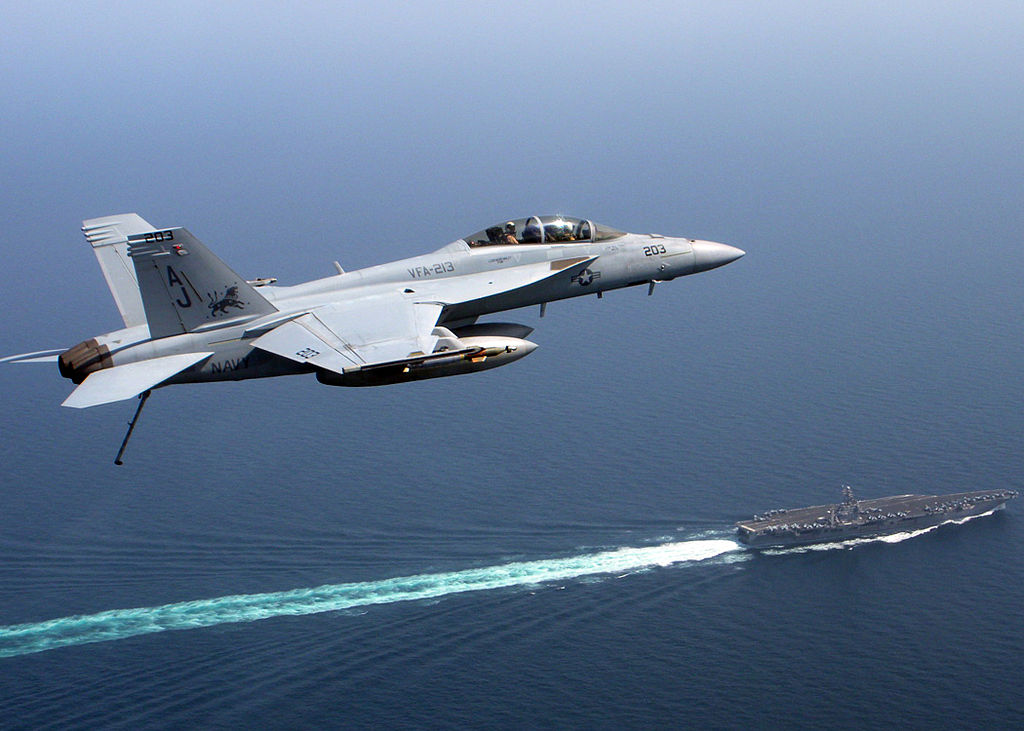In that last three weeks, 16 military members have been killed – not by roadside bombs in an Afghan province, or an ambush in central Africa. These deaths were aviation mishaps – crashes that occurred due to parts failures and other causes.
A six-month investigation conducted by Military Times found an alarming trend regarding aviation. “Since the budget cuts in 2013 [also called sequestration], aviation accidents have risen 40 percent across the services,” says Tara Copp, Pentagon bureau chief for Military Times.
The publication reviewed aviation accident reports and data from all the military services from 2011, until recently. The data shows that for all manned fixed wing and rotor wing aircraft – fighters, bombers, cargo, utility and gunships – accidents have risen 40 percent. Among Navy and Marine Corps F/A-18 hornets and super hornets accidents, have doubled.
The services are hesitant to say that budget cuts actually cause accidents. “Any accident is a result of a chain of events that results in the pilot have to react” to an unforeseen event,” says Copp. “You have to look along that chain to see what got cut, what got affected.”
When faced with the need for budget cuts, Congress and the Pentagon had choices to make; cut weapons systems, cut training or cut personnel. Cutting purchases of weapons systems could incur fines and other penalties against the Pentagon. It could also cause layoffs in manufacturing in the home districts of members of Congress. Congress and the services chose to reduce personnel and cut training budgets for the personnel that remained.
The Pentagon offered early retirement to personnel who had served 15 years – including many experienced pilots and maintainers, according to Copp. Many of these aviators and mechanics, who knew exactly what to look for in flying and maintaining these aircraft, took the early retirement and left the service. Without that experience base, operating complex systems such as aircraft, takes on a greater risk.
That risk could have been reduced with more training for personnel that remained. But, Copp says, the services not only put less experienced pilots in command of aircraft, and also reduced flight training hours. Experienced pilots might have continued to perform well with reduced training, but not so, pilots with less than 15 years’ flying.
Copp cites an example of B-1 bomber crews who saw flight hours cut in half following sequestration. Numbers of annual accidents increased slightly. An increase in annual accidents from 22 in 2013, to 25 in 2017 may not seem like much, but when comparing 11,000 flight hours in 2017 to nearly 25,000 flight hours in 2013, the accident rate per hour flown is significantly higher.
written by Christopher De Los Santos.
















